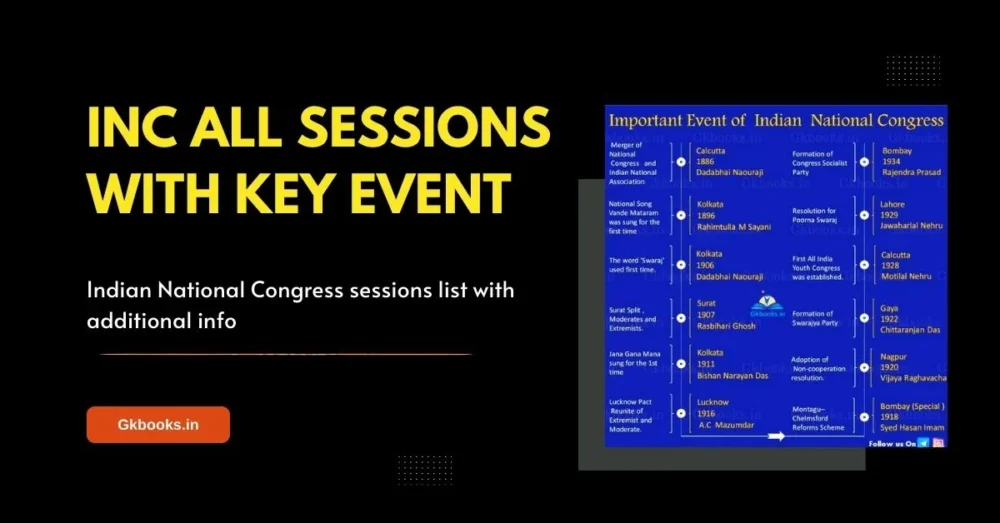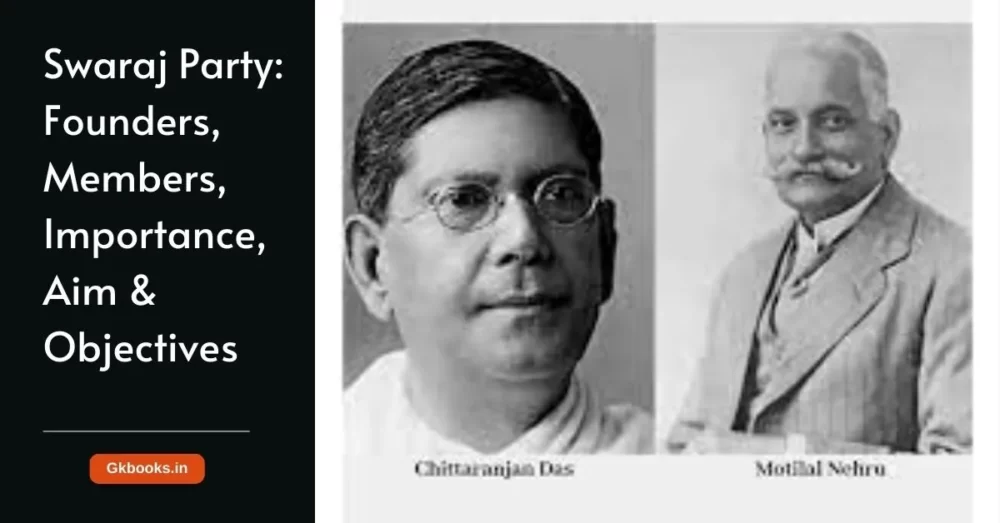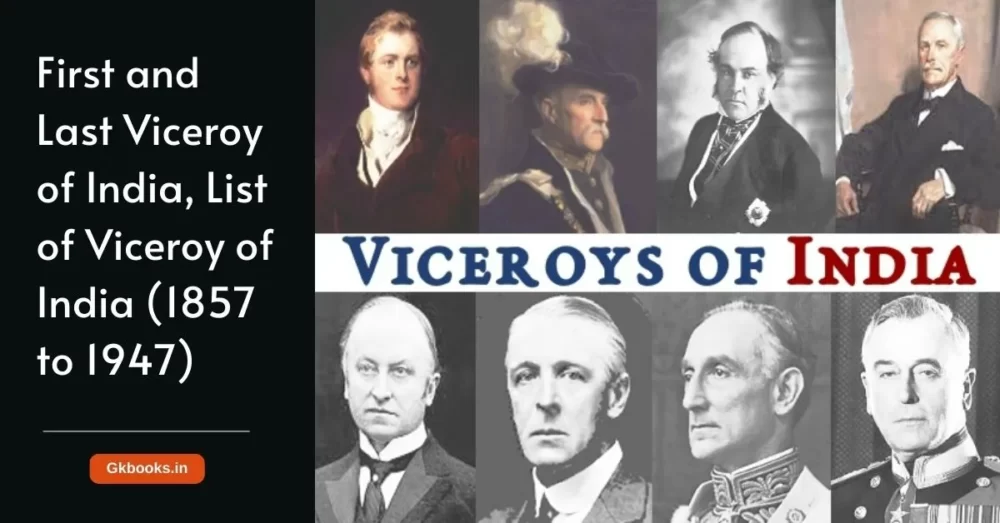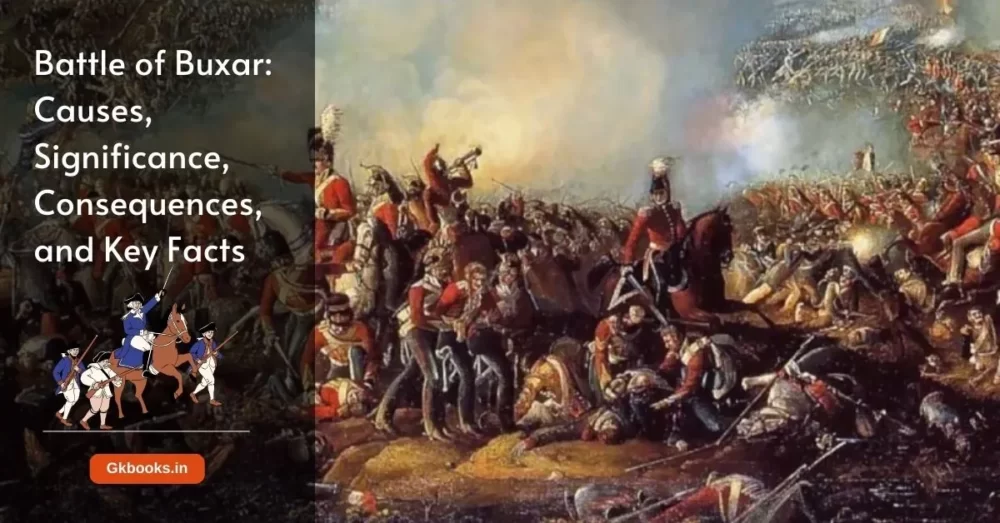Explore today’s notes on “Prehistoric Phase Classification with Key Points” one of the most important topics in Ancient Indian History.
In today’s discussion, we learned about the classification of history, specifically delving into one of its segments – prehistory, which is further divided into several Stone Ages.
This article primarily focuses on various Stone Ages and their important aspects, such as the tools used during that time and other key points.
Introduction
- The study of past events with the help of written documents, oral accounts, artifacts, coins, arts, and photography is called history.
- In a broader sense here the study of the past means discovery, collection, organization, presentation, and interpretation of these past events.
- The word ‘history’ is derived from the Greek word ‘Historia’. Which means “inquiry, ‘knowledge from inquiry”, or “judge”.
Classification of History
History is divided into three parts based on time periods. They are:
- Ancient History (up to 500 AD)
- Medieval History (500 AD – 1500 AD)
- Modern History (1500 AD – Present Day)
Division of History
Based on the discovery of writing and reading systems, history is divided into three main categories. They are:
- Prehistory
- Protohistory
- History
Prehistory
- The time before the writing method was invented.
- It is represented by the three stone ages.
- British geologist and archaeologist, Robert Bruce Foote is considered to be the father of prehistory.
- He discovered the first Paleolithic tool, a handaxe.
- He found the tool at Pallavaram near Madras in southern India.
Proto-history
- The period between prehistory and history.
- The script or writing system has been discovered but remains undecipherable.
- Example – Script of the Indus Valley Civilization (Pictographic Script), Vedic civilization (oral literary tradition)
History
- Events occurring after the invention of writing and reading systems (writing sources deciphered).
- Societies based on written and archaeological sources.
- Example – Jainism, Buddhism, Medieval and Modern India to date.
✅ Let’s explore the division of Prehistory, which is classified into three Stone Ages.
Classification of Stone Age
Based on geological age, the type and technology of stone tools, and subsistence base, the Indian Stone Age is primarily classified into three types:
- Old Stone Age or Paleolithic Age (500,000 − 10,000 BCE)
- Late Stone Age or Mesolithic Age (10,000 − 6000 BCE)
- New Stone Age or Neolithic Age (6,000 − 1000 BCE)
Paleolithic Age /Old Stone Age
- Paleolithic Age is the earliest period of the Stone Age.
- It developed in the Pleistocene period or the Ice Age.
Further Classification
Based on the nature of stone tools, it is divided into three phases. They are:
1️⃣ Early or lower Paleolithic
- It Covers the greater part of the Ice Age.
- The fire was discovered in this age.
2️⃣ Middle Paleolithic
- Established by Hasmukh Dhirajlal Sankalia and was named Nevasan industry after the site of Nevasa (Maharashtra).
- He excavated the Pravara River valley located at Nevasa.
3️⃣ Late or Upper Paleolithic
- Homo sapiens first appeared at the end of this phase.
- Coincided with the last phase of the Ice Age.
Important Tools of the Paleolithic Age
| Early or lower Paleolithic | Middle Paleolithic | Late or Upper Paleolithic |
|---|---|---|
| Hand axes, Choppers, and Cleavers | Stone tools made of flakes, scrapers, borers, points, and blade like tools | Parallel-sided blades, burins, and some instances of bone tools. |
Location of the three Paleolithic age
| Early or lower Paleolithic | Middle Paleolithic | Late or Upper Paleolithic |
|---|---|---|
| • Sohan river valley ( Pakistan)
• Thar Desert (Didwana, Rajasthan) • Hiran Valley (Gujarat) • Rockshelters of Bhimbetka (MP) • Belan Valley Mirzapur (UP) | • Soan, Narmada and Tungabhadra river valleys
• Potwar plateau (between Indus and Jhelum) • Sanghao Cave (near peshawar, Pakistan). | • Andhra Pradesh, Karnataka,Maharashtra, Southern UP and Chhotanagpur Plateau.
• Bone tools found only at cave sites of Kurnool and Muchchatla Chintamani Gavi in Andhra Pradesh. |
Mesolithic Age
- Mesolithic Culture belongs to the Holocene era.
- A key aspect of the Mesolithic Age was the reduction in the size of well-established tool types.
- The Mesolithic people lived by hunting animals, fishing, and gathering food.
- The main characteristic feature of the Mesolithic age was the use of microlithic tools.
Features of Microlithic tools
- It is a miniature version of the well-established tools of the Palaeolithic age.
- These stone tools usually comprise cryptocrystalline silica, chalcedony, or chert.
- The materials can be geometrical and non-geometrical shapes.
Major Tools in this Age
- Composite tools, spearheads, arrowheads, and sickles after hafting them on wooden or bone handles.
Major characteristic features of this age
- Evidence of pottery was found at Langhnaj in Gujarat and the Kaimur region at Mirzapur, Uttar Pradesh.
- The Mesolithic era initiated rock art in prehistory.
- 1867, the first rock paintings were discovered in Sohagighat (Kaimur Hills, Uttar Pradesh).
- No snakes are depicted in Mesolithic Paintings.
Important Mesolithic sites
- Madhya Pradesh (Bhimbetka Caves, Kharwar, Jaora, and Kathotia)
- Odisha (Sundargarh and Sambalpur)
- Kerala (Ezhuthu Guha)
- Central India (Chhotanagpur Region)
- Tamil Nadu (Tinnevelly)
- West Bengal (Birbhanpur)
- Uttar Pradesh ( Sarai Nahar Rai near Allahabad, Mahadaha)
- Bone artifacts including arrowheads and bone ornaments are found in Mahadaha.
- Rajasthan (Bagor on River Kothari) – One of the largest and best-documented Mesolithic sites.
- Both Adamgarh in Madhya Pradesh and Bagor in Rajasthan provide the earliest evidence for the domestication of animals.
New Stone Age or Neolithic Age
Major characteristic features of this age
- Neolithic Age also known as Food-Producing Stage.
- The people of the Neolithic age cultivated land and grew fruits & corn like ragi and horse gram.
- Neolithic man domesticated animals like cattle, sheep, and goats.
- They made the first hand-made pottery with the help of the potter’s wheel.
- Their pottery included black burnished ware, grey ware, and mat-impressed ware.
- They mostly lived in circular and rectangular houses made of mud and reed.
- They also knew how to make boats and could spin cotton, wool, and weave cloth.
Major tools of this age
- It mostly uses polished stone tools like pecked, ground stone, and handaxes.
- Neolithic man used polished stones and celts instead of quartzite to make tools.
Three Important Neolithic Settlements
- North-Western Region: Major tools – rectangular axes with curved cutting edges.
- North-Eastern Region: Polished stone axes with rectangular butt, has occasional shouldered hoes.
- Southern region: Axes with oval sides and pointed butts.
Important Excavated Sites
- Mehrgarh is the earliest Neolithic site known as the Breadbasket of Baluchistan, a province of Pakistan.
- Burzahom: Evidence of unique rectangular chopper, and domestic dogs (buried with their masters in graves) found here.
- Chopani Mando, Belan Valley: Earliest evidence of use of pottery.
- Belan Valley (Northern side of Vindhyas, middle of the Narmada valley: Evidence of all three phases of Paleolithic, Mesolithic, and Neolithic settlements is found here.
- Koldihwa, Belan Valley: Neolithic, Chalcolithic, and Iron Age settlements.
- Koldihwa and Mahagara, south of Allahabad: Earliest evidence of rice cultivation in the world.
- Gufkraal in Jammu and Kashmir: Famous for pit dwellings, stone tools, and graveyards.
- Piklihal: Proof of cattle herding.
- Budihal: Community food preparation and feasting.
- Chirand in Bihar: Evidence of use of antlers made bone implements.
🔸The prehistoric phase is primarily divided into three Stone Ages, but there is another phase known as the Copper Stone Age. It is a transitional period between the Stone Age and the Bronze Age, also recognized as the Harappan Civilization.
🔹Here are some key facts about the Copper Stone Age 👇
Chalcolithic Age / Copper-Stone Age
- Chalcolithic Age, also known as Copper-Stone Age.
- The transition phase between the Stone Age and Bronze Age
- The Greek word ‘Chalkos’ means “Copper”
- Chalcolithic people used metal alongside stone tools.
- The first metal used was copper
- Covers the late Stone Age, Neolithic Age, and pre-Harappan settlements.
- Extends into the Bronze Age, including mature Harappan settlements.
Major PreHarappan Chalcolithic site
- Ganeshwar, near the Khetri Mines of Rajasthan
- Kalibangan in Rajasthan
- Banawali in Haryana
- Kot Diji in Sindh (Pakistan)
Domesticated animals of Chalcolithic people
- Cows
- Sheep
- Goats
- Pigs
- Buffaloes
- Deer
🔹They are not acquainted with horses.
Common food of Chalcolithic people
- Staple foods: Wheat and rice
- Other cultivated crops are Bajra (millet), lentils, black gram, green gram, grass pea, etc.
- Varied diet: Consumed meat from all domesticated animals except pigs.
- Agricultural focus: Relied on a mix of cereals and pulses for sustenance
- Dietary diversity: Incorporation of both plant-based and animal-based foods.
- Domestication of animals: Raised animals as a source of meat.
- Dietary restriction: Excluded pork from their meat consumption.
- Agriculture played a significant role in sustaining Chalcolithic communities.
Major features of the Chalcolithic age
- Agricultural practice: Chalcolithic people engaged in jhum cultivation.
- Absence of certain tools: No evidence of plows or hoes found at Chalcolithic sites.
- Pottery style: Mainly used black and red pottery.
- High infant mortality: Chalcolithic communities experienced a high rate of infant mortality.
- Housing: Typically lived in thatched houses made of mud bricks.
- Building materials: Unacquainted with burnt brick construction.
- Lack of writing: Chalcolithic people did not possess knowledge of writing.
- Clay artifacts: Small clay images of earth goddesses discovered at Chalcolithic sites.
- Religious symbols: Bulls were considered religious cult symbols in Chalcolithic culture.
- Metallurgical skills: Chalcolithic people were skilled in copper-smelting and crafting beads from semi-precious stones like carnelian, steatite, and quartz crystal.
- Textile knowledge: Proficient in spinning and weaving.
Major Chalcolithic sites
- Ahar, Rajasthan in Banas Valley: Major evidence of Metallurgy like smelting of copper and stone houses
- Gilund, Rajasthan in Banas Valley: Major evidence of occasional use of burnt bricks.
- Western Maharashtra: The burial of a large number of children is found here.
- Nevasa, Jorwe: non-Harappan culture
- Navdatoli: Cultivated almost all food grains
- Daimabad: The largest Jorwe culture site is in the Godavari valley. Daimabad is famous for the recovery of bronze goods.
- Songaon, Inamgaon: large mud houses with ovens and circular pit houses. and Nasik, Maharashtra.
- Kayatha: Mud-plastered floors, pre-Harappan elements in pottery
- Malwa: Richest Chalcolithic ceramics, spindle whorls, non-Harappan culture.
- Eran, Madhya Pradesh: Non-Harappan culture.
Pre-History Phase Key Points
Division of History
| Division of History | ||
|---|---|---|
| Pre-History | Proto-history | History |
| Bronze Age, Indus Valley civilization | Writing system developed but still undecipherable | Writing system has been deciphered |
| Represent by 3 stone age | The writing system has been deciphered | Jainism, Buddhism, Medieval and Modern India |
Division of Stone Age
| Paleolithic | Mesolithic | Neolithic | |
|---|---|---|---|
| Tools | • Hand Axes • Choppers • Cleavers • Scrapers • Burins | • Composite tools • Spearheads • Arrowheads | • Polished stone tools. • Pecked • Ground stone tools • Handaxes. |
| Location | • Soham river valley (Pakistan) • Hiran Valley (Gujarat) • Belan Valley (UP) • Sanghao cave • Potwar plateau (Btw. Indus and Jhelum) • Narmada and Tungabhadra valley • Andhra Pradesh | • Madhya Pradesh (Bhimbetka Caves) • Odisha (Sundargarh and Sambalpur) • Kerala (Ezhuthu Guha) • Central India (Chhotanagpur Region) • Tamil Nadu (Tinnevelly) • West Bengal (Birbhanpur) | • Mehrgarh • Burzahom • Chopani Mando, Koldihwa, Belan valley • Gufkraal in Jammu and Kashmir • Budihal • Chirand in Bihar |
| Features | • Belong to the Holocene era. • Use of microlithic tools • The Mesolithic era initiated rock art in pre-history. • First rock paintings discovered at Sohagighat (Kaimur Hills, Uttar Pradesh). | • Belong to the Holocene era. • Use of microlithic tools • The Mesolithic era initiated rock art in pre-history. • The first rock paintings were discovered at Sohagighat (Kaimur Hills, Uttar Pradesh). | • Bone artifacts, bone ornaments – Mahadaha, Uttar Pradesh. • Best documented Mesolithic sites – Bagor, Rajasthan. • Earliest evidence of domestic animals – Adamgarh in MP and Bagor in Rajasthan |
| Major evidence | • Food-Producing Stage. • Grew fruits & corn like ragi and horse gram. • Domestic animals – cattle, sheep, and goats. • First hand-made pottery. • Black, grey, and mat-impressed pottery • Circular and rectangular houses | • Bone tools – Kurnool and Muchchatla Chintamani Gavi caves, Andhra Pradesh. | • Unique rectangular chopper – Burzaham, Srinagar Valley • Dog burial with their masters in graves – Burzaham, Srinagar Valley • Earliest evidence of use of pottery – Chopani Mando, Belan Valley • Pit dwelling, stone tools, and graveyards – Gufkraal, J & K • Evidence of all the 3 (Paleolithic, Mesolithic, and Neolithic) settlements – Belan Valley. |
Invention of Potter’s Wheel
- Potter’s Wheel was discovered in the late Neolithic age or the Transition phase of the Neolithic to the Copper Age or Chalcolithic Age.
Discovery of the Spoked Wheel and Chariot
- The spoked wheel and Chariot were discovered in the middle Bronze Age.
Discovery of Fire
- In the early or lower paleolithic age fire was discovered by the earliest ancestor of man, Homo erectus
Usage of Microlithic tools
- Usage of this tool was one of the important features of Mesolithic people.
- Microlithic tools are the miniature version of early established tools of Paleolithic people.
Usage of Polished tools
- It is the major feature of the Neolithic people.
Usage of Metal
- The first metal to be used was copper.
Evolution of Modern Human
In India modern humans Homo sapiens first appeared at the end of the Late or Upper Paleolithic age.
Modern humans, Homo sapiens evolved from their most recent ancestor Homo erectus.
Modern humans (Homo sapiens) originated in Africa.
Conclusion
I hope you enjoyed reading about the key facts of the prehistoric phase or Stone Ages. Our next post will delve into the Bronze Age, specifically focusing on the Harappan Civilization. Please continue visiting “Gkbooks” for the latest updates, and feel free to follow our social media pages for the most recent current affairs.
Explore More Indian History Notes:
Indian National Congress Sessions List with Additional Key Facts
Introduction of The Harappan Civilization: 3 Phases with Key Details
Swaraj Party: Founders, Members, Importance, Aim & Objectives
First and Last Viceroy of India, List of Viceroy of India (1857 to 1947)
Battle of Buxar: Causes, Significance, Consequences, and Key Facts






